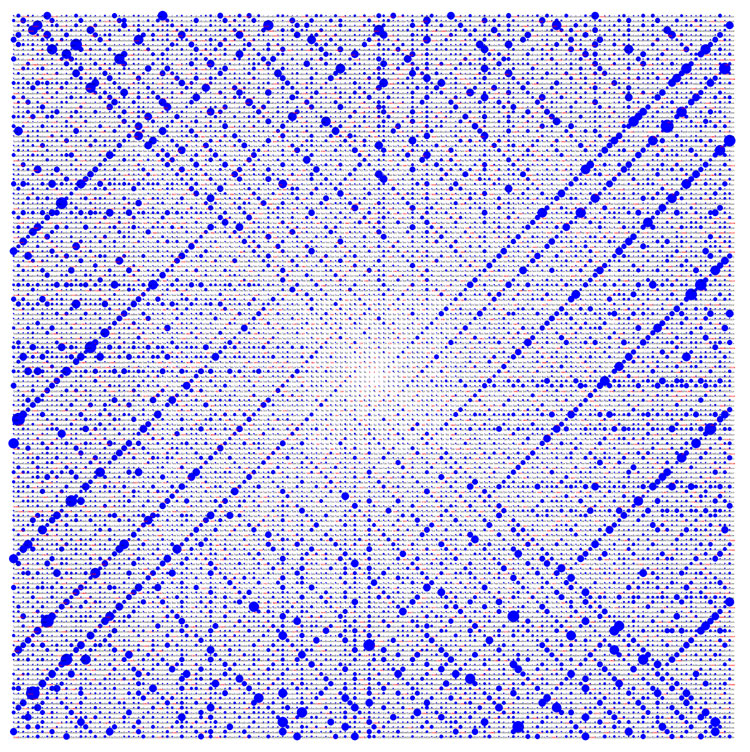|
Hasse–Arf Theorem
In mathematics, specifically in local class field theory, the Hasse–Arf theorem is a result concerning jumps of the upper numbering filtration of the Galois group of a finite Galois extension. A special case of it when the residue fields are finite was originally proved by Helmut Hasse, and the general result was proved by Cahit Arf. Statement Higher ramification groups The theorem deals with the upper numbered higher ramification groups of a finite abelian extension L/K. So assume L/K is a finite Galois extension, and that v_K is a discrete normalised valuation of ''K'', whose residue field has characteristic ''p'' > 0, and which admits a unique extension to ''L'', say ''w''. Denote by v_L the associated normalised valuation ''ew'' of ''L'' and let \scriptstyle be the valuation ring of ''L'' under v_L. Let L/K have Galois group ''G'' and define the ''s''-th ramification group of L/K for any real ''s'' ≥ −1 by :G_s(L/K)=\. So, for example, ''G ... [...More Info...] [...Related Items...] OR: [Wikipedia] [Google] [Baidu] [Amazon] |
Mathematics
Mathematics is a field of study that discovers and organizes methods, Mathematical theory, theories and theorems that are developed and Mathematical proof, proved for the needs of empirical sciences and mathematics itself. There are many areas of mathematics, which include number theory (the study of numbers), algebra (the study of formulas and related structures), geometry (the study of shapes and spaces that contain them), Mathematical analysis, analysis (the study of continuous changes), and set theory (presently used as a foundation for all mathematics). Mathematics involves the description and manipulation of mathematical object, abstract objects that consist of either abstraction (mathematics), abstractions from nature orin modern mathematicspurely abstract entities that are stipulated to have certain properties, called axioms. Mathematics uses pure reason to proof (mathematics), prove properties of objects, a ''proof'' consisting of a succession of applications of in ... [...More Info...] [...Related Items...] OR: [Wikipedia] [Google] [Baidu] [Amazon] |
